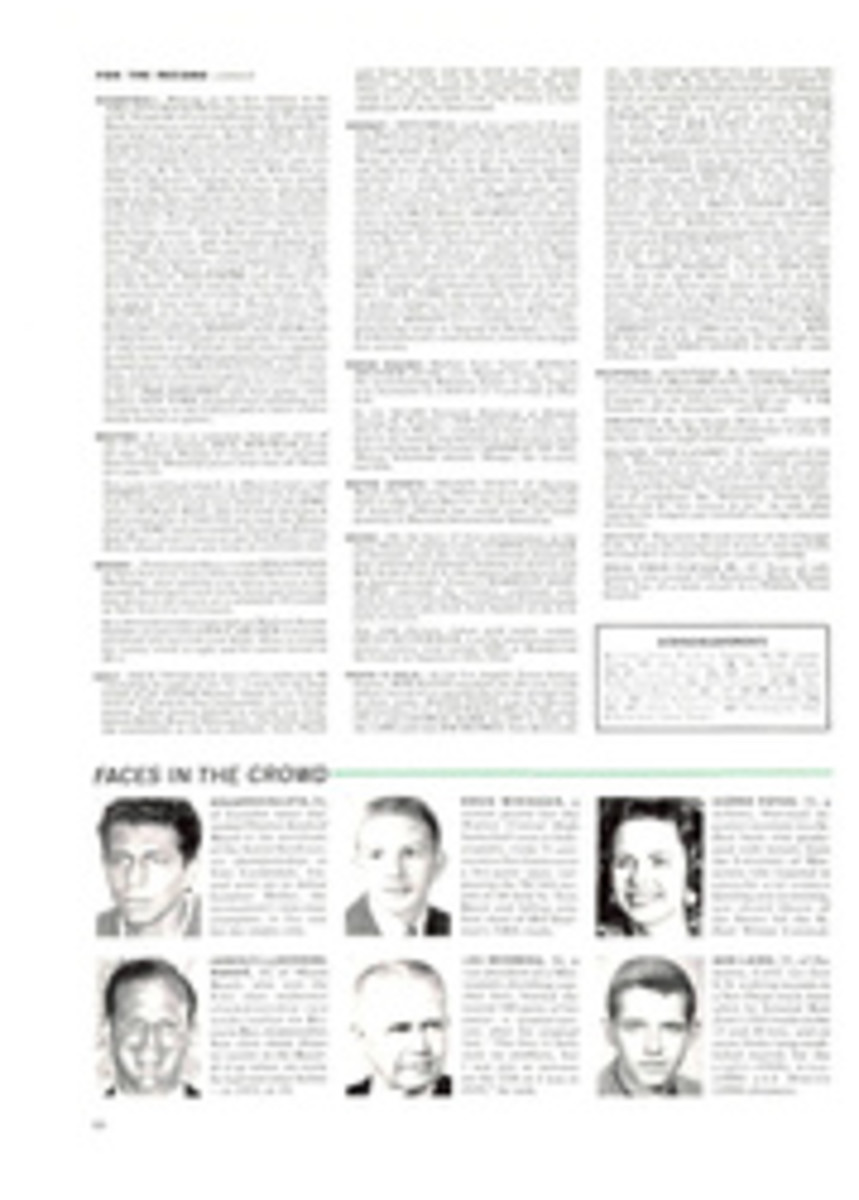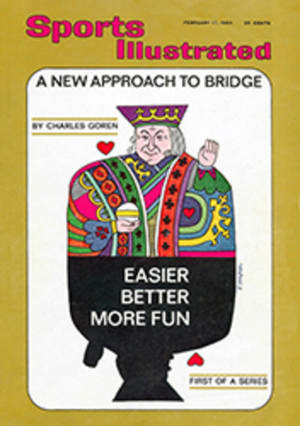
Barney Wheezes to a Big Win
Twenty cars lined up in Los Angeles one chill, overcast morning in November 1914 for the start of the seventh annual Cactus Derby. Included in the group of racers were such accomplished road stars as Louis Chevrolet, Bill Bramlett, Cliff Durant, Ted Baudet, Barney Oldfield and two previous derby winners—Louis Nikrent (1909) and Olin Davis (1913). The prize for the winner of the arduous 671-mile race from Los Angeles to Phoenix was $2,500, but the main attraction for Oldfield, the most famous racer of the day, was a diamond-studded medal that would proclaim the winner "Master Driver of the World."
In fact, there was some justification in calling anyone who even finished the race a master driver, for the Cactus Derby was the most rugged road race ever run in the U.S. It had started in 1908 when the Auto Club of Southern California decided on a campaign for better roads. Since few roads existed on the route between Los Angeles and Phoenix at the time, the idea seemed sound. Only four drivers were on hand for that first race, and two of them got lost in the Colorado desert. The winner, Colonel F. C. Fenner, averaged 17.6 miles per hour aboard a puffing White Steamer.
The 1914 race was to go from Los Angeles over Cajon Pass, north toward Barstow, then east to the first overnight stop in Needles, Calif. From Needles the route crossed the Colorado River into Arizona and went north to Kingman, then east through Ashfork and south to Prescott, Ariz., the second all-night stop. From Prescott the survivors of the race would aim for the Territorial Fairgrounds in Phoenix. Along the way the drivers would have to contend with mountain grades, desert, winds, alkali dust, sand, silt, hub-deep mud, boulder-strewn gullies and bridgeless streams and rivers.
Because of the rugged terrain, all the drivers except Oldfield used stripped-down stock cars. He was going to race in his big, white, wire-wheeled Stutz, the same car he had driven to a fifth in the Indianapolis "500" earlier that year. "They're calling me the 'grand old man of auto racing' and figure I'm about ready for the pasture," he said. "Well, I'm going to claim that medal even if I have to carry my Stutz across the finish line."
The first car was flagged away at 5:25 a.m. and, despite rain-soaked roads out of Los Angeles, Oldfield (accompanied by his riding mechanic, George Hill) jammed the white Stutz into the lead on the narrow summit of Cajon Pass. He was passed by Durant in the Mojave Desert, however, when the Stutz caught fire. Oldfield quickly put out the small blaze and just as quickly regained his lead. When he entered Needles, he was six minutes ahead of Durant, his closest competitor. Already several cars had crashed or failed mechanically on the first day's run across the desert.
At daybreak, while Oldfield struggled with a balky radiator cap, the remaining cars roared off toward Prescott, 236 miles away and separated by some of the roughest country of the trip. Outside of Needles the route crossed the Colorado River, and the cars were allowed to use the railroad trestle. Durant, in the lead, came to temporary grief on the ties when a spike pierced his tire casing. Olin Davis quickly moved ahead, with Baudet's Paige close behind.
After he finally got his Stutz started, Oldfield gained rapidly on the leaders. Going up a steep mountain grade, however, his Stutz began misfiring. The engine soon stopped, and it took a push from some local miners to get the car rolling again. Oldfield immediately began to catch up again and was second when he reached Kingman, Ariz. At that point a jagged rock slashed his rear casing, and by the time he changed the tire, he was fifth.
Between Kingman and Prescott a hail storm came up which soon turned to sleet. Undeterred, Oldfield kept up his fast pace and passed everyone. He rolled into Prescott half-frozen, but with a substantial lead over Davis.
The 11 surviving cars were flagged off for the final 134 miles to Phoenix the next morning. Oldfield's rivals gradually fell out of the race. At the flood-swollen waters of New River, with only 20 miles to go, Nikrent and Bramlett were the only drivers close to him. Oldfield's big car dipped down into the swirling current, got halfway to the far bank, then sputtered and fell silent.
Oldfield raged. He jumped out of the car, pushed, shouted, swore violently. Nothing happened. The Stutz remained in mid-river, its wheels solidly mired in the deep mud.
A few minutes later Oldfield and Hill watched helplessly as first Nikrent and then Bramlett motored past them, easily navigating the river. Soon after, Hill saw a mule team on the far bank. Oldfield gestured wildly at the mule skinner, indicating they wanted a tow. After much arm-waving, the mules were hitched to the Stutz and the big car was slowly sucked free of the clinging mud.
At the top of the bank, Oldfield dropped the gear lever into second, and the engine fired with a roar. The Stutz fishtailed alarmingly on the slick roadway as Oldfield crouched fiercely over the big racing wheel, extracting the maximum speed from the laboring engine. He passed Bramlett, who had cracked up, and soon thundered into the outskirts of Phoenix. Suddenly Hill shouted, "Watch out! Cross-walk!"
Oldfield jerked at the wheel. The car struck the heavy wooden planking, became airborne for a moment and then half-spun around before slamming to a stop. Oldfield straightened the car out and managed to make the last mile to the Fairgrounds. The crowd lining the dirt oval cheered and waved frantically as he brought the coughing, smoking, mud-covered Stutz to a final halt at the main grandstand. A brass band started playing and children ducked past police to cluster around the car. Nikrent, who had reached the finish line ahead of Old-field, reached up to shake the veteran's hand.
Oldfield had won the race on elapsed time; he covered the 671 miles in 23 hours—at just above a 29-mph average—to beat Nikrent by 36 minutes after three days of racing. Only five other cars reached the finish line.

